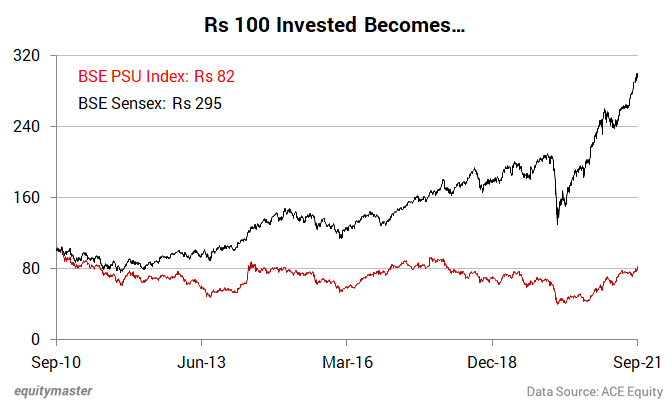Sensex, Nifty Trade Flat; Wipro, Tata Consumer And HCL Tech Top Gainers
Asian share markets are trading on a cautious note today following a mixed close on Wall Street and ahead of year-end holidays.
The Nikkei is down 0.2% while the Hang Seng is up 0.3%. The Shanghai Composite is trading higher by 0.8%.
In US stock markets, Wall Street indices closed at all-time highs on Wednesday on a boost from retailers including Walgreens and Nike, as investors shrugged off concerns on the spreading Omicron variant.
The Dow Jones Industrial Average gained 0.3% while the Nasdaq fell 0.1%. The S&P 500 was back to hitting new highs gaining 0.1%.
With this, the Dow has now risen six straight trading days, marking the longest streak of gains since a seven-session run from 5 March to 15 March this year.
Back home, Indian share markets are trading on a flat note.
The BSE Sensex is trading up by 69 points. Meanwhile, the NSE Nifty is trading higher by 17 points.
Wipro and HCL Tech are among the top gainers today. Bajaj Finserv, on the other hand, is among the top losers today.
The BSE Mid Cap index and the BSE Small Cap index are trading higher by 0.1% and 0.4%, respectively.
Sectoral indices are trading mixed with stocks in the telecom sector and IT sector witnessing buying interest.
Realty stocks and energy stocks, on the other hand, are trading in red.
Shares of Suzlon Energy and ESAB India hit their 52-week highs today.
The rupee is trading at 74.53 against the US$.
Gold prices are trading down by 0.2% at Rs 47,749 per 10 grams.
Meanwhile, silver prices are trading down by 0.4% at Rs 61,593 per kg.
In global markets, gold prices steadied above the key US$1,800 per ounce level as a weak US dollar, which makes bullion attractive for holders of other currencies, balanced pressure from firm Treasury yields which erode the metal's appeal.
Crude oil prices rose today to extend several consecutive days of gains, buoyed by data showing US fuel demand holding up well despite soaring Omicron coronavirus infections.
In news from the PSU space, state-owned power producer SJVN on Wednesday said it will invest Rs 600 bn to harness 5,097 megawatts (MW) of hydropower in Arunachal Pradesh.
The company's Chairman and Managing Director Nand Lal Sharma held a meeting with Deputy Chief Minister in New Delhi to discuss a road map to develop hydroelectric projects.
Sharma said the development of these projects involves a tentative Investment of Rs 600 bn and will be commissioned by SJVN in the next 8-10 years.
He added that on commissioning, these projects are expected to generate about 20 bn units of clean energy annually on a cumulative basis.
Note that SJVN has set an ambitious target to achieve an installed capacity of 5,000 MW by 2023, 12,000 MW by 2030 and 25,000 MW by 2040.
How this pans out remains to be seen.
In other news, Bharat Petroleum Corporation's (BPCL) share price is in focus today.
The country's largest insurance company LIC has acquired a 2.02% stake in the state-owned petroleum refineries company through open market transactions.
This increased LIC's shareholding in BPCL from 5.01% to 7.03% now.
Meanwhile, with uncertainty looming over the privatization of BPCL, the government's disinvestment target of Rs 1.75 tn for fiscal 2022 is unlikely to be met.
The Centre may lower its target for disinvestment receipts in the revised estimates, even as it is on track to launch the initial public offering (IPO) of LIC.
Reports state that while the LIC IPO is on schedule to be completed before March 2021, the planned privatization of BPCL may spill over to the next financial year.
This implies that when Finance Minister Nirmala Sitharaman presents the Union Budget for 2022-23, the revised estimates for divestment could be around Rs 500 bn lower than the 2021-22 budget estimates.
The due diligence for the sale of BPCL has taken longer than anticipated. Interested bidders had got access to the refiner's financial data in April, but have seen delays in completing due diligence on account of disruptions owing to the pandemic.
Speaking of PSUs, have a look at the chart below which shows the performance of BSE PSU index compared to BSE Sensex over the past few years.

As can be seen from the chart above, over the last decade, Rs 100 invested in BSE PSU index would have eroded to Rs 80, compared to almost 3x gains for the Sensex.
Moving on to news from the banking sector, gross non-performing asset (GNPA) ratio of scheduled commercial banks is likely to increase to 9.5% in September 2022 from 6.9% in September 2021 in a severe stress scenario, the Reserve Bank of India (RBI) said on Wednesday.
In its 24th issue of the Financial Stability Report (FSR), the RBI said that scheduled commercial banks would, however, have sufficient capital, both at the aggregate and individual levels, even under stress conditions.
The capital to risk-weighted assets ratio (CRAR) of scheduled commercial banks rose to a new peak of 16.6% and their provisioning coverage ratio (PCR) stood at 68.1% in September 2021.
In the report, the central bank noted that global recovery has been losing momentum in the second half of 2021, impacted by the resurgence of infections in several parts of the world and supply disruptions.
Inflationary pressures are adding to the pressure.
Here's an excerpt from the report:
Bank credit growth is showing signs of a gradual recovery, led by the retail segment, although flow of credit to lesser rated corporates remains hesitant. Micro, small and medium enterprises (MSMEs) as also the microfinance segment are reflecting signs of stress.
We will keep you updated on the latest developments in this space. Stay tuned.
Disclosure: Equitymaster Agora Research Private Limited (Research Analyst) bearing Registration No. INH000000537 (hereinafter referred as 'Equitymaster') is an independent equity research ...
more


